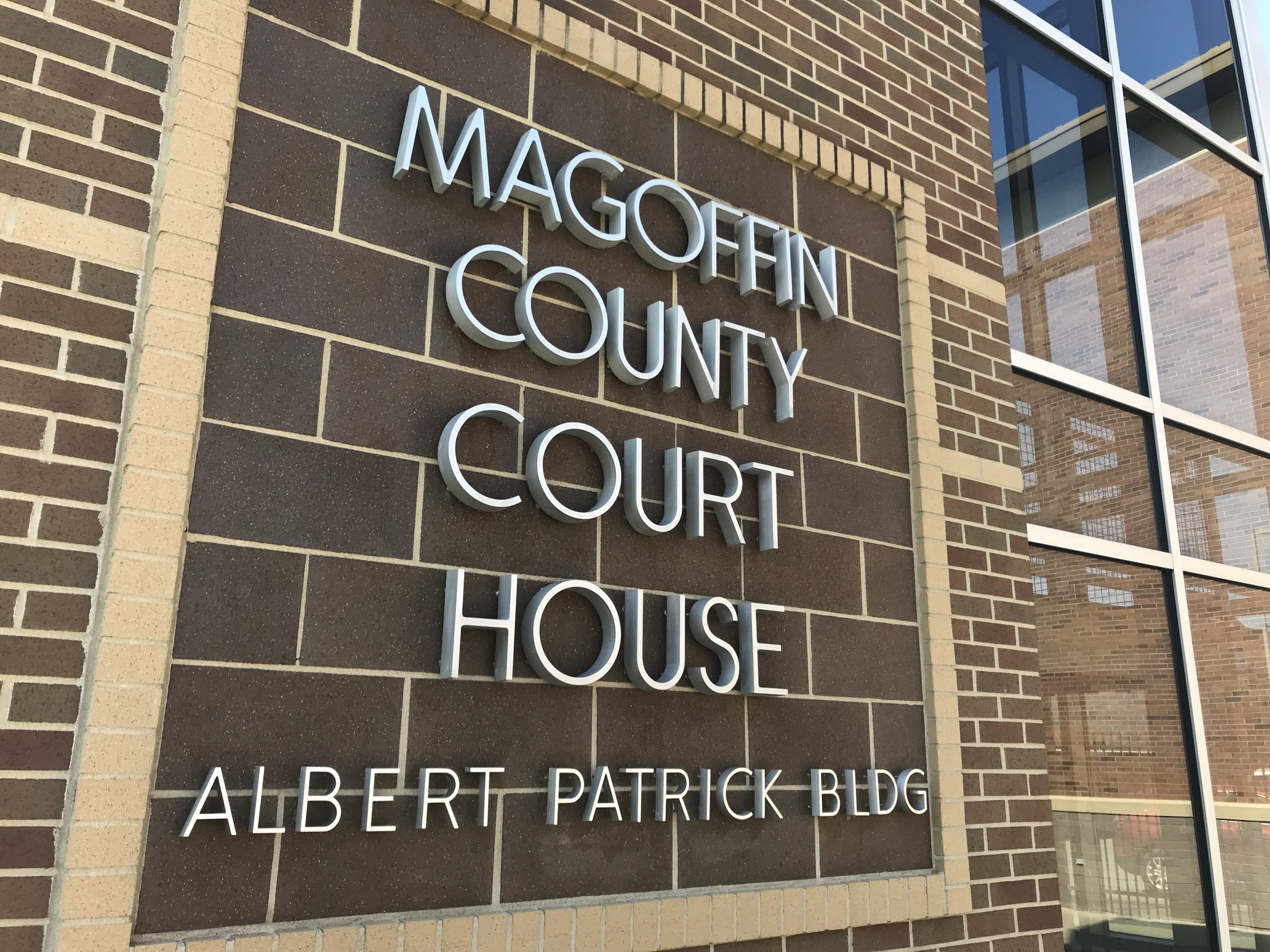From State Auditor Mike Harmon’s Office
FRANKFORT, Ky. – State Auditor Mike Harmon has released the audit of the financial statement of the Magoffin County Fiscal Court for the fiscal year ended June 30, 2021. State law requires annual audits of county fiscal courts.
Auditing standards require the auditor’s letter to communicate whether the financial statement presents fairly the receipts, disbursements, and changes in fund balances of the Magoffin County Fiscal Court in accordance with accounting principles generally accepted in the United States of America. The fiscal court’s financial statement did not follow this format. However, the fiscal court’s financial statement is fairly presented in conformity with the regulatory basis of accounting, which is an acceptable reporting methodology. This reporting methodology is followed for 116 of 120 fiscal court audits in Kentucky.
As part of the audit process, the auditor must comment on noncompliance with laws, regulations, contracts, and grants. The auditor must also comment on material weaknesses involving internal control over financial operations and reporting.
The audit contains the following findings:
The Magoffin County Fiscal Court’s Schedule of Expenditures of Federal Awards (SEFA) was materially misstated: The treasurer’s original SEFA total was $839,758. However, the Highway Planning and Construction grant in the amount of $219,556 was not included on the original SEFA. Likewise, the Hazard Mitigation Grant Program (HMGP) Recovery and Mitigation Grant in the amount of $62,531 was not included on the original SEFA. Therefore, the total amount of federal awards expended during the fiscal year was $1,121,845.
The misstatement is the result of a lack of knowledge on the correct way to report expenditures from these federal grants. The fiscal court failed to implement internal control procedures to ensure the SEFA was accurate and complete.
Failure to include all required federal grant expenditures on the SEFA increases the risk that a required separate audit of federal funds will not occur when federal expenditures exceed $750,000 as required by federal guidelines. Not properly reporting federal funds increases the possibility of undetected errors or misappropriation and could impact future federal awards. Management has reviewed and approved the required adjustments so that the SEFA reported in the audit report is complete and accurate.
KRS 68.210 gives the state local finance officer the authority to prescribe a uniform system of accounts. Pursuant to KRS 68.210, the state local finance officer has prescribed minimum accounting and reporting standards in the Department for Local Government’s (DLG) County Budget Preparation and State Local Finance Officer Policy Manual, which on page 54 states that a SEFA is required to be maintained under the uniform system of accounts.
Regulations regarding federal awards are outlined in Title 2 U.S. Code of Federal Regulations (CFR) Part 200, Uniform Administrative Requirements, Cost Principles and Audit Requirements for Federal Awards (Uniform Guidance), which states in 2 C.F.R. §200.510 (b): “Schedule of expenditures of Federal awards. The auditee must also prepare a schedule of expenditures of Federal awards for the period covered by the auditee’s financial statements which must include the total Federal awards expended as determined in accordance with §200.502. While not required, the auditee may choose to provide information requested by Federal awarding agencies and pass-through entities to make the schedule easier to use. For example, when a Federal program has multiple Federal award years, the auditee may list the amount of Federal awards expended for each Federal award year separately. At a minimum, the schedule must:
(1) List individual Federal programs by Federal agency. For a cluster of programs, provide the cluster name, list individual Federal programs within the cluster of programs, and provide the applicable Federal agency name. For R&D, total Federal awards expended must be shown either by individual Federal award or by Federal agency and major subdivision within the Federal agency…
(2) For Federal awards received as a subrecipient, the name of the pass-through entity and identifying number assigned by the pass-through entity must be included.
(3) Provide total Federal awards expended for each individual Federal program and the Assistance Listings Number or other identifying number when the Assistance Listings Number information is not available. For a cluster of programs also provide the total for the cluster.
(4) Include the total amount provided to subrecipients from each Federal program
(5) For loan or loan guarantee programs described in §200.502(b), identify in the notes to the schedule the balances outstanding at the end of the audit period. This is in addition to including the total Federal awards expended for loan or loan guarantee programs in the schedule.
(6) Include notes that describe that significant accounting policies used in preparing the schedule…”
Guidance on what constitutes a federal award is included in §200.502: (a) Determining Federal awards expended. The determination of when a Federal award is expended must be based on when the activity related to the Federal award occurs. Generally, the activity pertains to events that require the non-Federal entity to comply with Federal statutes, regulations, and the terms and conditions of Federal awards, such as: expenditure/expense transactions associated with awards
including grants, cost-reimbursement contracts under the FAR, compacts with Indian Tribes, cooperative agreements, and direct appropriations; the disbursement of funds to subrecipients; the use of loan proceeds under loan and loan guarantee programs; the receipt of property; the receipt of surplus property; the receipt or use of program income; the distribution or use of food commodities; the disbursement of amounts entitling the non-Federal entity to an interest subsidy; and the period when insurance is in force.”
We recommend the fiscal court implement review and oversight procedures to ensure that all federal awards are included on the SEFA and that the SEFA is materially complete, accurate, and is supported by and reconciled to underlying accounting records.
County Judge/Executive’s Response: The Highway Safety and Planning And Construction Grant was a pass-through federal grant and at the end of FY 2021 it was not recognized by the fiscal court’s finance staff as being required on the SEFA. The administration of the activities, selection of the contractors, and handling of billing all went through the Kentucky Department of Transportation (KYDOT). The KYDOT would then forward invoices received by the KYDOT to the fiscal court, who was directed to hold said invoices pending the state finance cabinet forwarding funds to make payment. Once funds were received the fiscal court then issued checks to the vendors. All receipt and disbursement transactions were recorded properly. During the exit conference the APA directed that it should have been reported, therefore the fiscal court’s reports have been amended for FY 21 and subsequent years.
Long term liabilities reported on the fourth quarter financial statement were materially misstated: The fiscal court did not accurately report long term liabilities on the fourth quarter financial report. The ending balance that should have been reported for principal and interest outstanding as of June 30, 2021 was $2,651,083 and $184,725, respectively. The amount reported for principal outstanding was $2,251,083 and the amount reported for interest outstanding was $145,541, resulting in an understatement of long-term liabilities totaling $439,184. This misstatement is material in relation to the financial statements.
Due to an error and inadequate review and oversight procedures to address such errors, the fiscal court failed to include one new long-term liability executed in April 2021. According to the finance officer, the debt was not reported in the long-term liabilities section since no payments were due until the next fiscal year. Improper reporting of long-term liabilities can impact the fiscal court’s ability to make effective management decisions.
KRS 68.210 gives the State Local Finance Officer the authority to prescribe a uniform system of accounts. The County Budget Preparation and State Local Finance Officer Policy Manual requires officials to submit quarterly reports to the Department for Local Government (DLG) by the 30th day following the close of each quarter. Page 75 of the manual outlines the requirements for reporting long-term liabilities.
We recommend the fiscal court implement controls to ensure the amounts reported on the Fourth Quarter Financial Statement for long-term liabilities are complete and accurate.
County Judge/Executive’s Response: The fiscal court received a flood relief loan from the Kentucky Association of Counties (KACo) at the end of FY 2021. The loan was not due to have
payments made until FY 2022. Being on a “cash” basis rather than “accrual” basis of accounting the finance staff did not list the loan on the FY 2021 Long Term Liabilities report. It was reported in the FY 2022 report. All receipt and disbursement transactions were recorded properly. During the exit conference the APA directed that it should have been reported in FY 2021, therefore the fiscal court’s reports have been amended for FY 21 and subsequent years.
The audit report can be found on the auditor’s website.



















